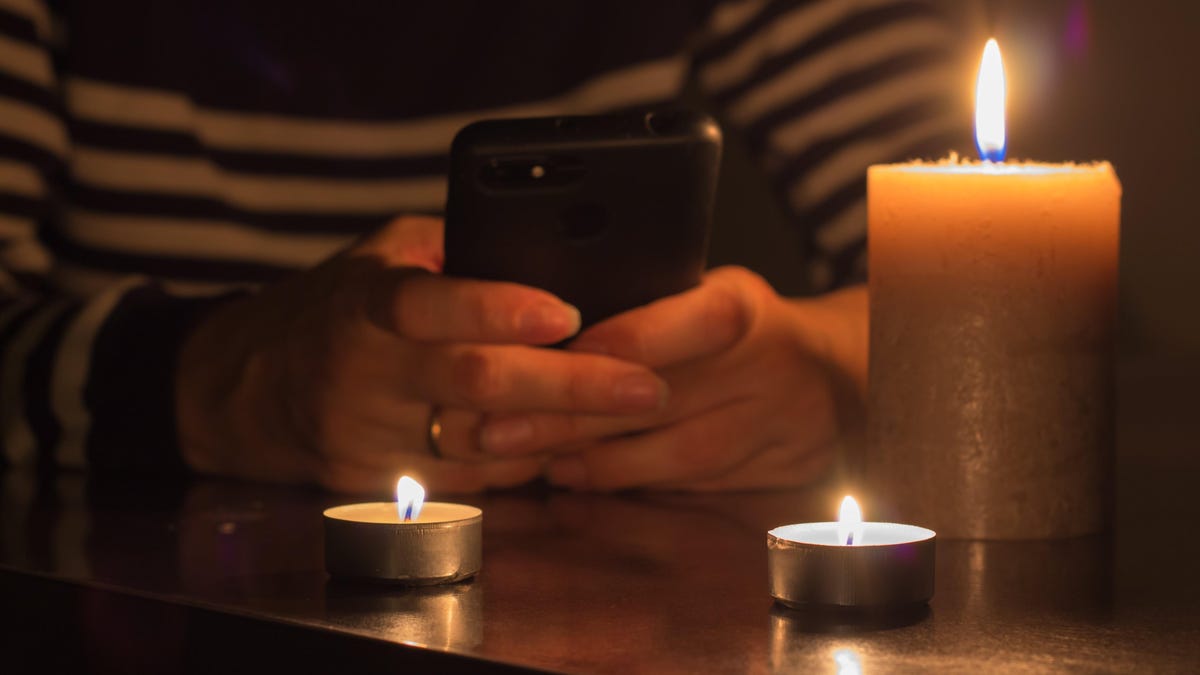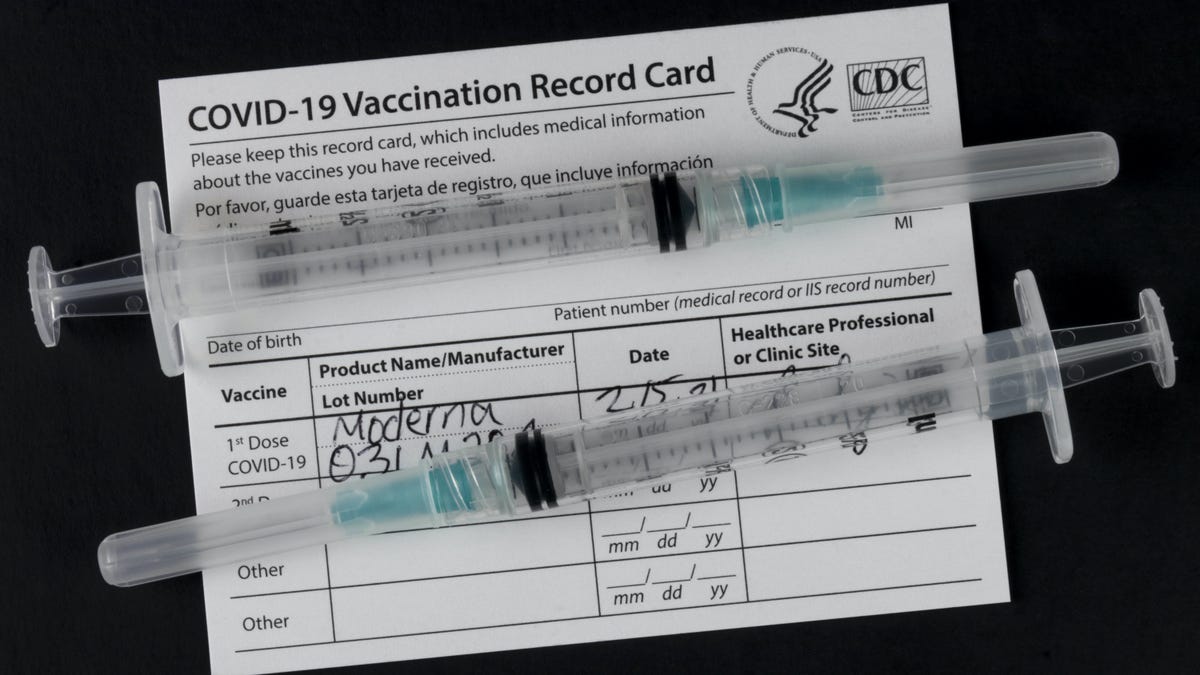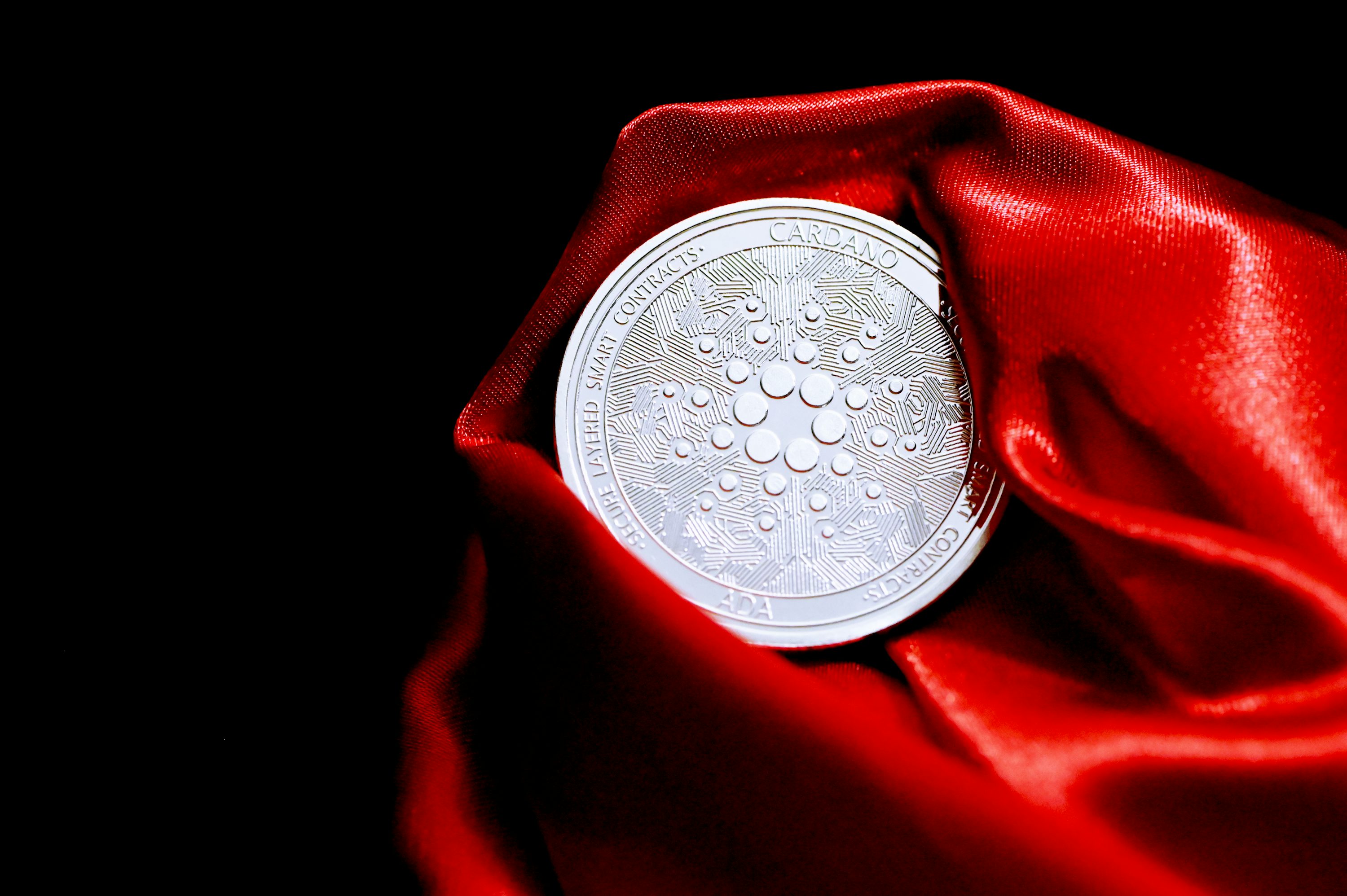Four Ways to Charge a Phone When the Power Goes Out
When the lights go out in a blackout, or we find ourselves far away from normal power sources, our phone’s remaining charge suddenly becomes the most important thing in our lives. If you’ve thought ahead and you have a...

When the lights go out in a blackout, or we find ourselves far away from normal power sources, our phone’s remaining charge suddenly becomes the most important thing in our lives. If you’ve thought ahead and you have a battery pack, solar charger, or power station charged up and ready to go, you don’t have a huge problem (unless the blackout is the lead to an apocalypse). But what if you don’t have these things? No sweat. Even when the power grid is down, you still have some options for charging your phone.
Charge up in your car
The most obvious solution to the problem is your car. Most modern cars have USB ports already baked in, and car batteries are pretty substantial power sources. If there’s gas in your car, you’ve even got the world’s least efficient and most complicated generator sitting there, and electric vehicles are, of course, essentially huge batteries.
If your car doesn’t have a USB port, but you had the forethought to purchase a jump starter kit, you’re probably still in luck, as many jump starters have USB ports included as well.
Go for a manual charger
If you camp or hike regularly, you might be aware of crank chargers. If not, they’re actually a great investment for emergency preparedness. Most of them include a radio and flashlight component as well, since their primary benefit is charging your phone and other small devices with some physical effort. (Some models include options for solar charging or AAA battery power.) You won’t get your phone to 100% with one of these (you’ll get a few percentage points after about five minutes of cranking), but it will be enough to make an emergency call, or a quick, desperate search for information.
Burn some extra battery life
You can use wood or any other combustible material in something like the BioLite Campstove 2+ to charge your phone. (Yes, really.) Put fuel in the chamber, light it up, and the heat of the fire generated serves as both a cooking heat and a power generator. It’s not a lot of power: You would probably have to keep a fire going for several hours in order to charge your phone fully, but it will charge your phone to minimal levels even when there’s no power or sun. The Campstove 2+ includes a battery as part of its design, so you can fire it up (literally) and then charge your phone (minimally) at any time once the stove’s battery itself is charged.
Batteries will charge your phone battery (but only just)
Finally, you can do an ugly hack using regular batteries like 9-volts or AAAs to produce a slow, minimal charge on your phone. The easiest battery to use is the 9-volt. Since that’s the battery that goes into most smoke detectors, you might have a few lying around. (Note: DO NOT remove the battery from the smoke detector to charge your phone.)
For this hack you’ll need:
A car phone charger A 9-volt battery An appropriate USB cable and any adapters necessary A piece of conductive metal like a key or a paperclip A twist tiePlug the cable into the charger, and affix the key or paperclip to the side of the charger so it’s touching the negative terminal and the bottom of it is even with the positive terminal. (Here’s a detailed look at how it’s done.) Secure it with the twist-tie, then touch the positive (charger) terminal and negative (key/paperclip) terminals to the battery’s positive and negative terminals. Your phone will start to, very slowly, sip a charge. Again, you’ll get a very small amount of charge out of a single battery, but it will be enough for some quick emergency maneuvers.
You can also do this with other batteries like AAs or AAAs, but it gets a bit more involved as you’ll have to connect your batteries to each other and strip the insulation off your charging cable. It’s not terribly difficult, but the 9-volt version is a lot easier to handle, and doesn’t ruin your cable in the process.
Staying connected during an emergency is vitally important, so if you find yourself in a situation that combines a lack of power and a dying phone, one of these hacks might just save your bacon.

 UsenB
UsenB 
































